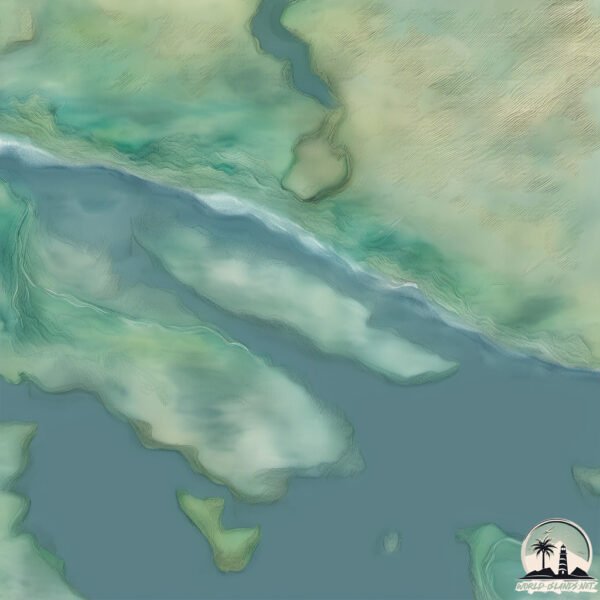Welcome to Pennock , a Temperate island in the The Coastal Waters of Southeast Alaska and British Columbia, part of the majestic Pacific Ocean. This guide offers a comprehensive overview of what makes Pennock unique – from its geography and climate to its population, infrastructure, and beyond. Dive into the details:
Geography and size of Pennock
Size: 4.819 km²Coastline: 12.4 kmOcean: Pacific OceanSea: The Coastal Waters of Southeast Alaska and British ColumbiaContinent: North America
Pennock is a Small Island spanning 4.8 km² with a coastline of 12.4 km.
Archipel: Alexander Archipelago – A group of about 1,100 islands off the southeast coast of Alaska, USA, known for their temperate rainforests and indigenous Tlingit culture.
Tectonic Plate: North America – Covers North America and parts of the Atlantic and Arctic Oceans, characterized by diverse geological features and varying levels of seismic activity.
The geographic heart of the island is pinpointed at these coordinates:
Climate and weather of Pennock
Climate Zone: TemperateClimate Details: Temperate Oceanic ClimateTemperature: Warm Summer
Climate Characteristics: Known for its moderate year-round temperatures with ample rainfall and no dry season. Warm summers are characteristic.
Topography and nature of Pennock
Timezone: UTC-09:00Timezone places: America/AnchorageMax. Elevation: 48 m Mean Elevation: 23 mVegetation: Evergreen Needleleaf ForestTree Coverage: 79%
The mean elevation is 23 m. The highest elevation on the island reaches approximately 48 meters above sea level. The island is characterized by Plains: Flat, low-lying lands characterized by a maximum elevation of up to 200 meters. On islands, plains are typically coastal lowlands or central flat areas.
Dominating Vegetation: Evergreen Needleleaf Forest
Vegetation: 4 vegetation zones – Diverse Island
Infrastructure and Travelling to Pennock
Does the island have a public airport? no .
Does the island have a major port? yes .
The mean population of Pennock is 18 per km². Pennock is Gently Populated. The island belongs to United States of America .
Continuing your journey, Gravina is the next notable island, situated merely km away.
Kayaking off Pennock Island, near Ketchikan, Alaska
Kayaking off Pennock Island, near Ketchikan, Alaska
Pennock Island, Alaska Remote Vacation Getaway
http://www.vrbo.com/375643 Alaskan getaway vacation rental on Pennock Island offers the perfect location for salmon and halibut ...
Pennock Island - Ketchikan Alaska - Salmon Fishing 500 Feet Deep - 20 Feet From Shore. #shorts
We are at Pennock Island near Ketchikan Alaska fishing for King Salmon ...
We are at Pennock Island near Ketchikan Alaska fishing for King Salmon and came across this shoreline which is over 500 Feet ...
United States of America is classified as Developed region: G7: Group of Seven – Major advanced economies, including Canada, France, Germany, Italy, Japan, the United Kingdom, and the United States. The level of income is High income: OECD.
News – Latest Updates and Headlines from Pennock
Stay informed with the most recent news and important headlines from Pennock. Here’s a roundup of the latest developments.
Loading...
Please note: The data used here has been primarily extracted from satellite readings. Deviations from exact values may occur, particularly regarding the height of elevations and population density. Land area and coastline measurements refer to average values at mean high tide.

